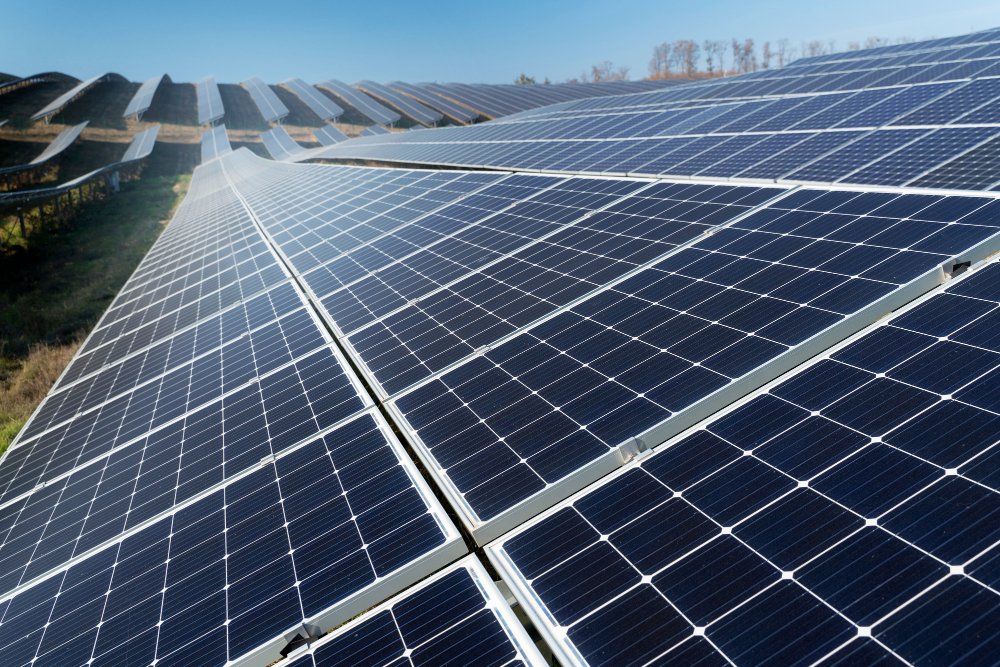Follow Us :
Poly Panels

Polycrystalline panels generally have an efficiency rating of between 13% and 16%. While only a few percentage points less than monocrystalline panels, it’s a difference that can count for a lot when compounded across many solar panels. The efficiency of a solar panel directly impacts its energy production and, consequently, the overall effectiveness of a solar energy system. When considering the installation of a large-scale solar array, even a slight disparity in efficiency can lead to significant variations in electricity output over time.
Furthermore, the choice between polycrystalline and monocrystalline panels involves a trade-off between efficiency and cost. Polycrystalline panels tend to be more cost-effective to produce, making them a popular choice for budget-conscious consumers and larger commercial installations. While monocrystalline panels boast slightly higher efficiency due to their single-crystal structure, the difference might not be substantial enough to justify the increased cost for some projects.
Another consideration in the polycrystalline vs. monocrystalline debate is the geographical location of the solar installation. In areas with abundant sunlight, the efficiency discrepancy between the two panel types might not have a pronounced impact on energy generation, making polycrystalline panels a viable and economical choice. However, in regions with less sunlight, where maximizing energy output per panel becomes crucial, monocrystalline panels might offer a more suitable solution.
In recent years, research and development efforts have led to improvements in polycrystalline panel technology, gradually closing the efficiency gap between the two types. Innovations in manufacturing processes and material composition have contributed to enhancing the performance of polycrystalline panels, making them an increasingly competitive option in the solar market.
In conclusion, while polycrystalline panels might exhibit a slightly lower efficiency range compared to their monocrystalline counterparts, their cost-effectiveness, ongoing technological advancements, and suitability for specific solar installations make them a valuable player in the renewable energy landscape. Whether one opts for polycrystalline or monocrystalline panels ultimately depends on a careful consideration of factors like budget, location, and long-term energy production goals.
Our Services
Let’s Talk
Call us anytime.
